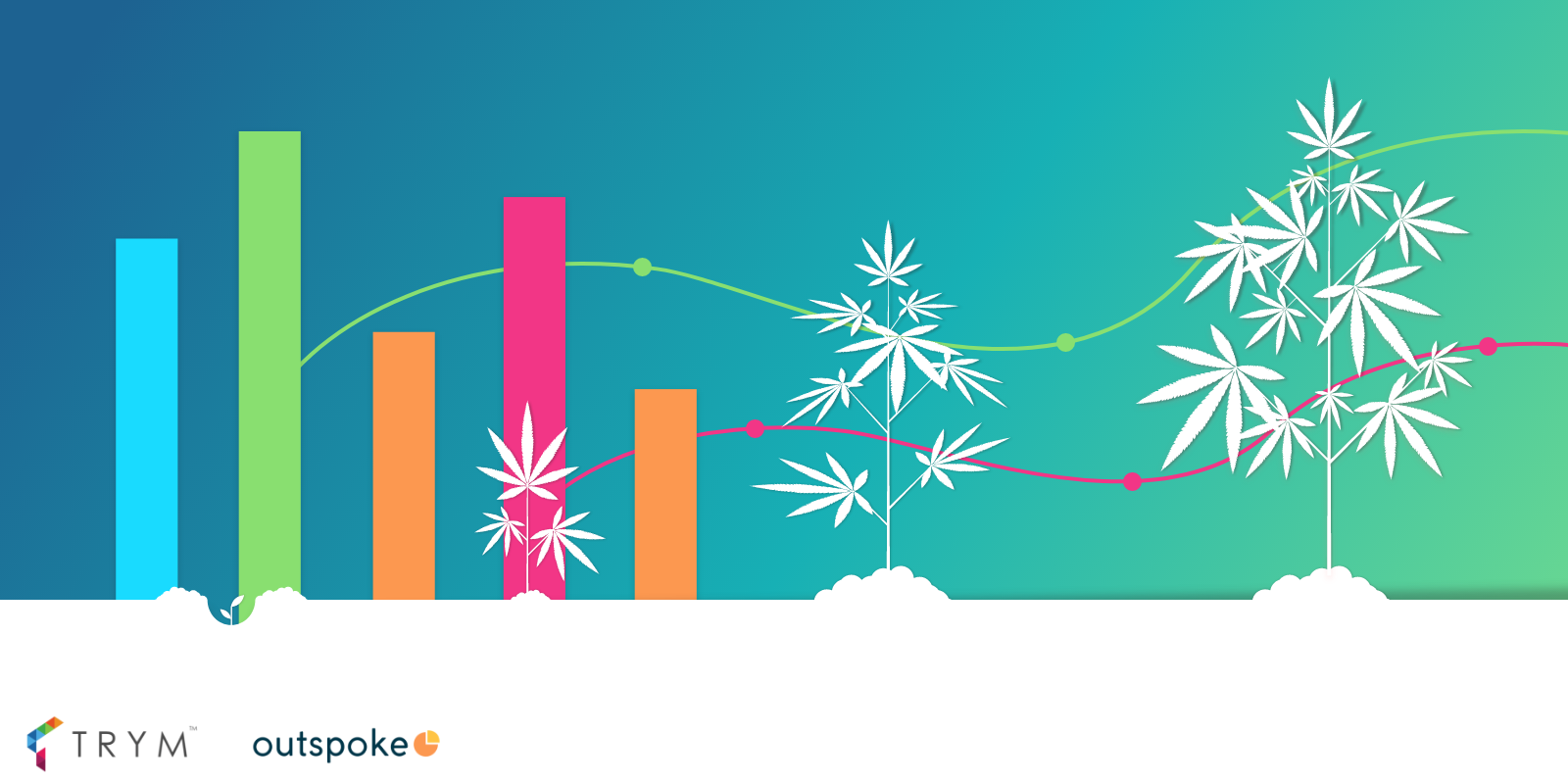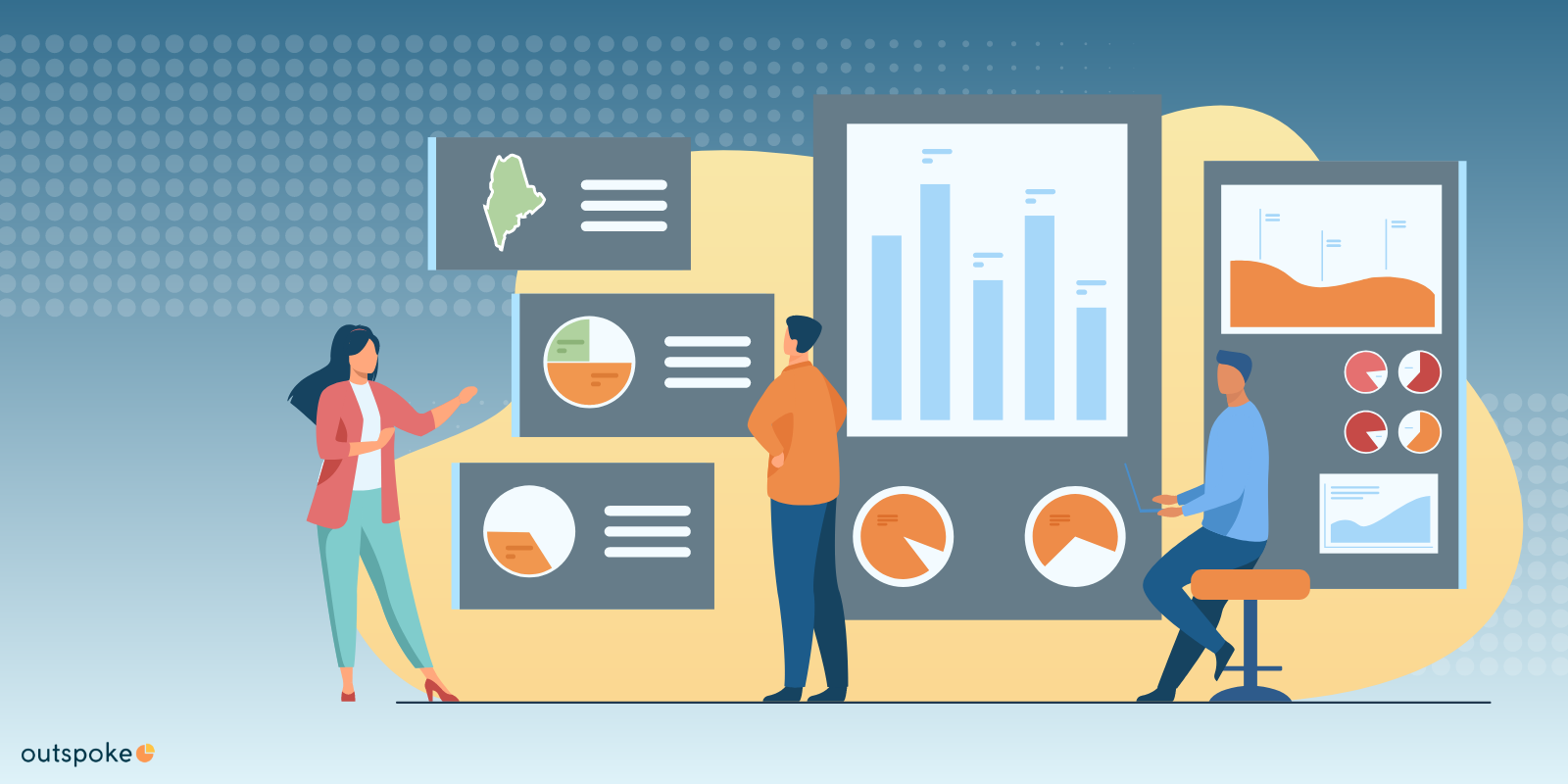Are You a Cannabis Cultivator? Time to Consider METRC & Environmental Data
Cannabis cultivators are generating data constantly throughout all farm operations. As new technology has emerged, so have opportunities to use these sets to better supply chain management.
Creating visibility and transparency into data is essential for any cannabis cultivator and their supply chain stakeholders.
Which data points should growers access?
Keep reading to find out!
Follow the Numbers – Here’s Why
“Cultivators can better understand their farm operations and product movement from seed to sale with data visibility,” writes Matt Dell of Outspoke & Ella Alpina of Trym for a joint article on cultivation data and supply chain management.
The data that exists in abundance on cannabis cultivation plants contains various metrics on growth and yield rates, environmental conditions, and critical stakeholder movements.
Visibility into these sets helps growers optimize production on the farm and coordination with stakeholders.
Data Collected During Cultivation
Data exists throughout entire cannabis cultivation facilities and functions. Since farmers are in a unique position where they grow plants onsite, they have the opportunity to examine data related to physical conditions, yield amounts, and supply chain operations. Cannabis data analytics offer up endless opportunities for farm optimization.
In the recent article, Outspoke and Trym outlined data collected during daily cultivation processes:
-
Physical data: lighting level and spectrum; soil type; pH fluctuations; nutritional requirements at various stages of growth; insect/pest presence; crop condition; yield estimates; and labor times on tasks, batches, or strains.
-
Environmental data: water quality (including run-off, leaching, and residues); CO2 levels; temperature fluctuations; humidity levels; and energy balances for carbon footprint measurement.
-
Commodity data: actual yields; qualitative attributes; trends in market demand for product types and genetics; and price analysis.
-
Compliance Data: strains, plant type, plant count, product quantities, supply chain relationships, product packaged date.
Choosing Environmental & Compliance Data
Although compliance data is traditionally part of a data collection that’s pushed to state regulators through programs like METRC, it also contains inventory-related grow data and information on products made with plants.
Visualizing METRC data in 3rd party platforms like Outspoke and creating visibility between stakeholders allows cultivators to see plant inventory at their facility and how it moves downstream.
The data is also great for sharing with supply partners because it contains top-level metrics on product quantities, type, and packaging date.
Meanwhile, environmental data is best for enhancing farm operations. Applications like Trym allow cultivators to drill down into each harvest and identify future improvements around yields and cannabinoid profiles.
Additional environmental conditions for grow optimization include temperature, humidity, Co2, and can be measured in real-time. Data points like VPD and soil moisture levels provide even more opportunities.




